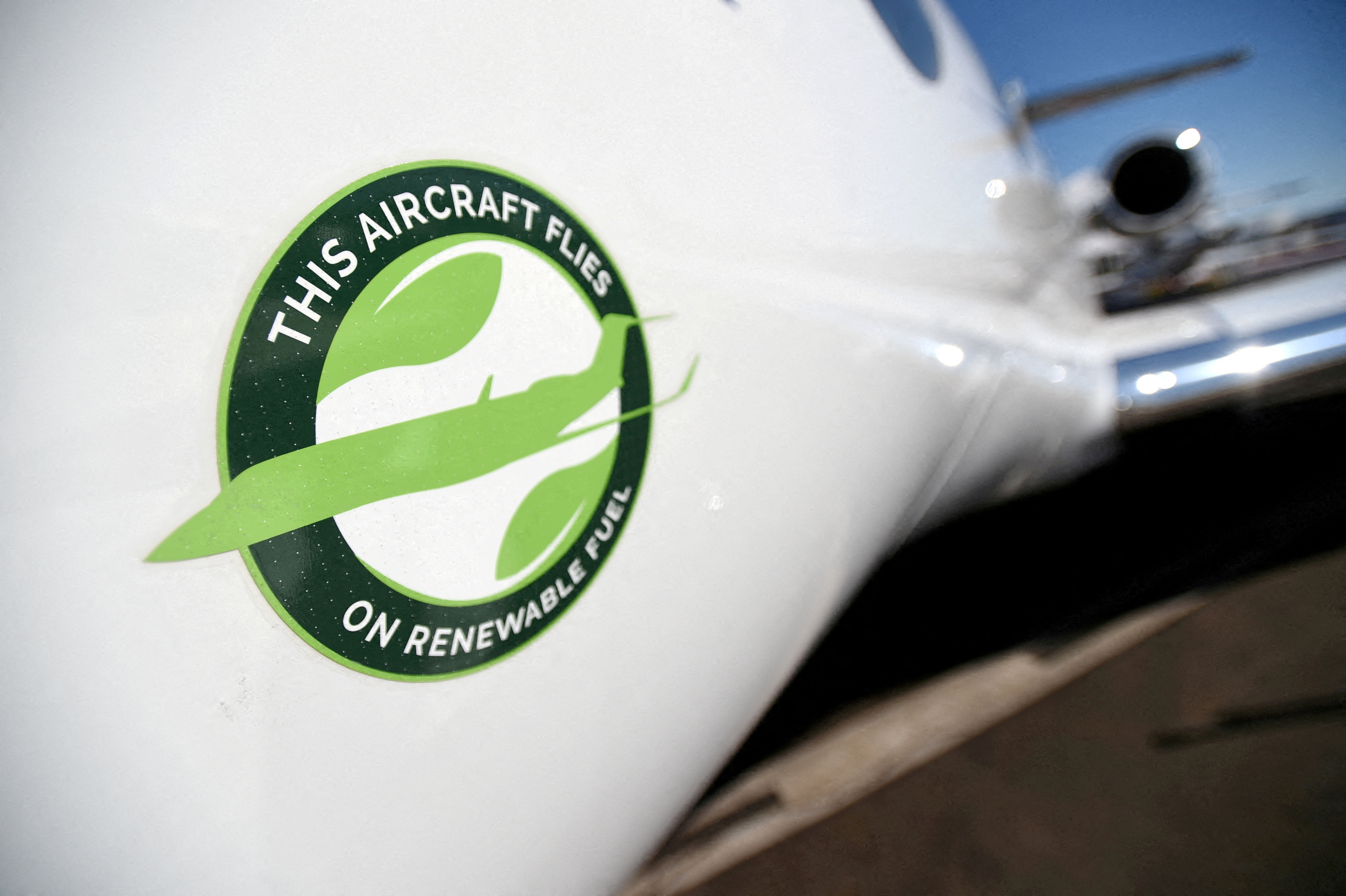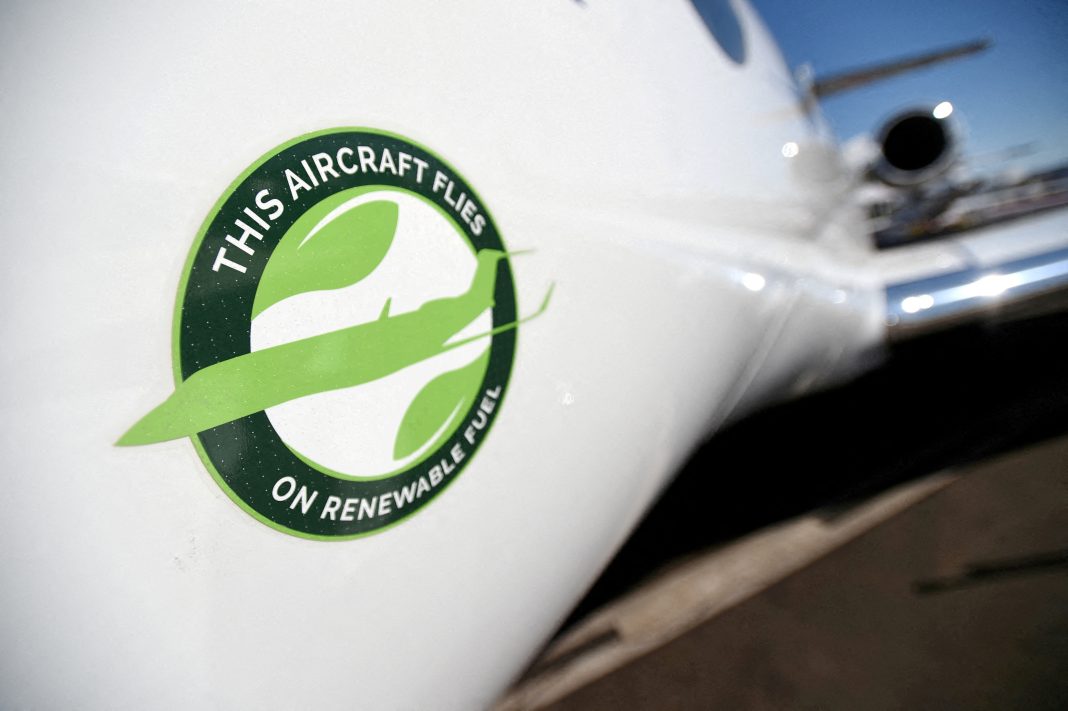 Analysis: The Challenges of Sustainable Aviation Fuel (SAF)
Analysis: The Challenges of Sustainable Aviation Fuel (SAF)
Introduction:
The international aviation industry has set a goal to achieve net zero carbon emissions by 2050, with sustainable aviation fuel (SAF) being touted as the best solution. However, the adoption of SAF has been slow, and it faces several challenges that hinder its commercial viability. This article will delve into the reasons behind the struggles of SAF and explore the potential impact on the aviation industry’s goal of reaching net zero emissions by 2050.
Low International Uptake of SAF:
Despite aviation contributing only 2.5 percent of greenhouse gas emissions annually, biofuel, which comprises SAF, accounted for less than 0.2 percent of total jet fuel used in 2022. The primary barriers to widespread adoption are production and cost. While Europe and the United States have implemented subsidies, a study by Bain & Co reveals that SAF prices in 2050 are projected to be two to four times higher than the historical average of jet fuel. This increase in operating costs by 8 to 18 percent could result in lower profit margins for airlines or higher ticket prices, posing a challenge for the industry.
Energy-to-Weight Ratio:
Commercial airline pilots, who prefer to remain anonymous due to their affiliation with airlines promoting the benefits of SAF, have shed light on another factor affecting the efficiency of biofuel. The energy-to-weight ratio of biofuel is lower than that of traditional jet fuel, which cancels out some of its benefits in real-world situations. Aircraft need to generate enough thrust to carry its own weight, as well as the weight of passengers, luggage, and fuel. In the early stages of a long-haul flight, the aircraft may be too heavy to reach its optimal cruise altitude, resulting in the need to burn fuel to reduce weight. However, biofuel’s lower energy value requires more fuel consumption to achieve the same outcome, offsetting the intended carbon reduction.
Challenges to Achieving Net Zero by 2050:
A report by Bain & Co casts doubt on the feasibility of achieving net zero emissions by 2050 through zero-emission technologies. It predicts that less than 5 percent of aviation emissions will be reduced by hydrogen and electric propulsion by 2050. As a result, the industry is likely to fall short of its ambitious goal unless air traffic is significantly reduced. The report warns that industry and regulators may respond to this by limiting air traffic growth, leading to increased ticket prices. Moreover, the cost of decarbonization is estimated to start impacting airfares by 2026, resulting in a projected decline in global demand of 3.5 percent by 2030.
Alternative Solutions:
While the challenges associated with SAF are significant, alternatives exist that can help reduce carbon emissions in the aviation industry. Bain & Co suggests that airlines can achieve a 43 percent reduction in CO2 emissions through fuel efficiency improvements and operational enhancements with current aircraft renewal cycles. Further gains of 80 percent can be realized through the use of new generation engines and aircraft-frame designs. Optimization of flight and ground operations can contribute to the remaining efficiency gains. However, the adoption of these solutions requires significant investment in new aircraft, which would inevitably impact ticket prices.
The Future of Sustainable Aviation Fuel:
In light of the challenges and complexities associated with the aviation industry’s transition to net zero emissions, the path to full decarbonization is likely to extend beyond 2050. Bain & Co concludes that commercial aviation companies are bracing for unprecedented disruption, with some firms potentially struggling to survive. Air New Zealand’s decision to abandon its 2030 emissions reduction target highlights the realities faced by airlines. While some airlines remain committed to SAF and hope for government support, the current outlook suggests that sustainable aviation fuel may be more of a pipe dream than a practical solution.
Conclusion:
The adoption of sustainable aviation fuel faces significant hurdles in terms of production, cost, and efficiency. Biofuel’s energy-to-weight ratio diminishes its benefits in real-world scenarios, offsetting the intended carbon reductions. Moreover, the projected high prices of SAF and the increasing costs of decarbonization pose challenges for airlines, potentially leading to higher ticket prices and reduced demand. While alternative solutions such as fuel efficiency improvements offer promising reductions in CO2 emissions, the transition to net zero emissions in the aviation industry is expected to be long and complex. Airlines must navigate these challenges and disruptions to survive in an industry striving for sustainability.

